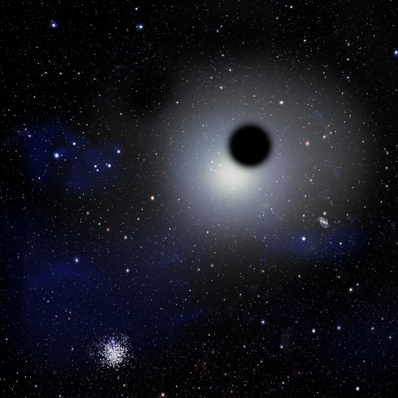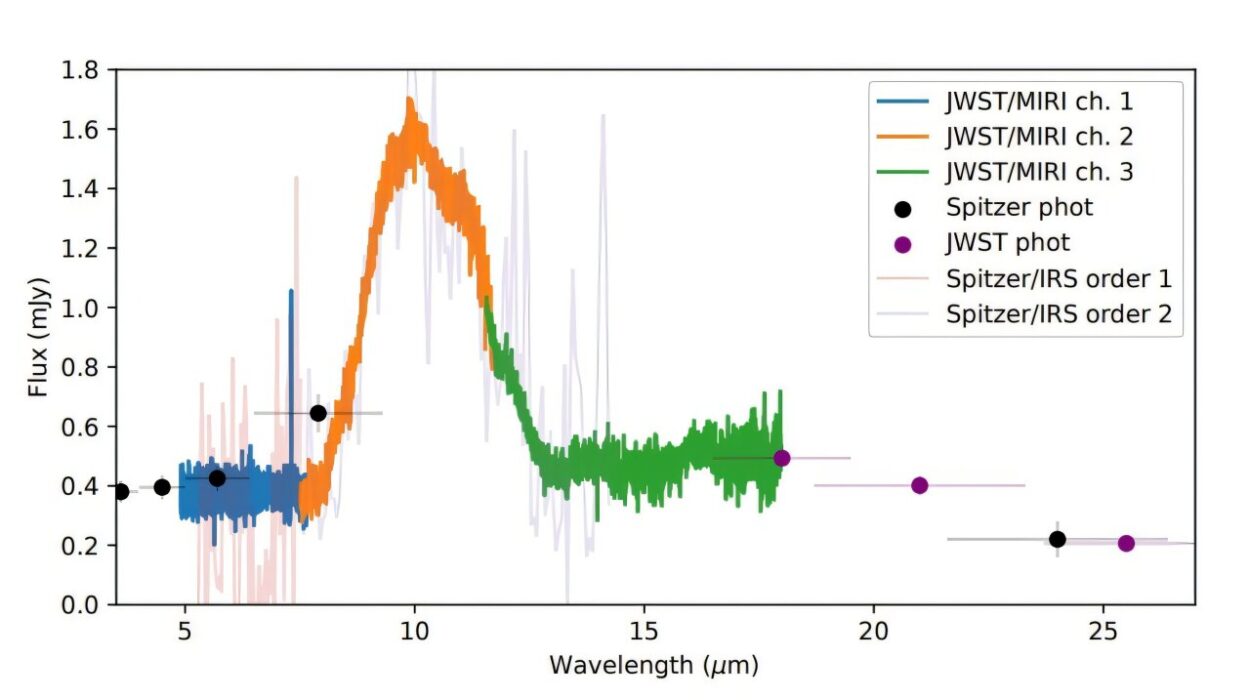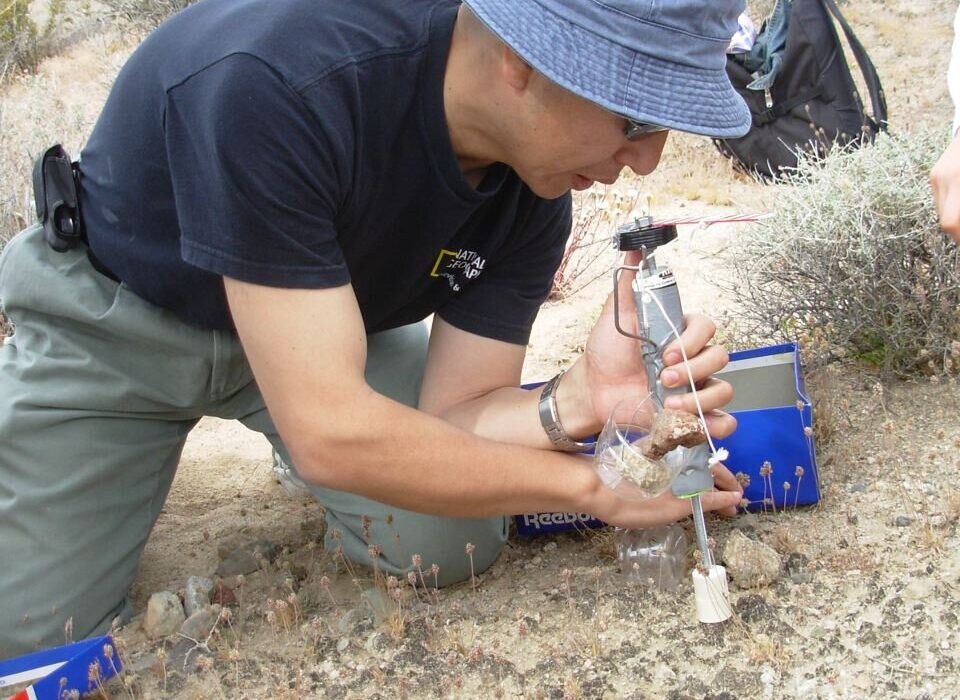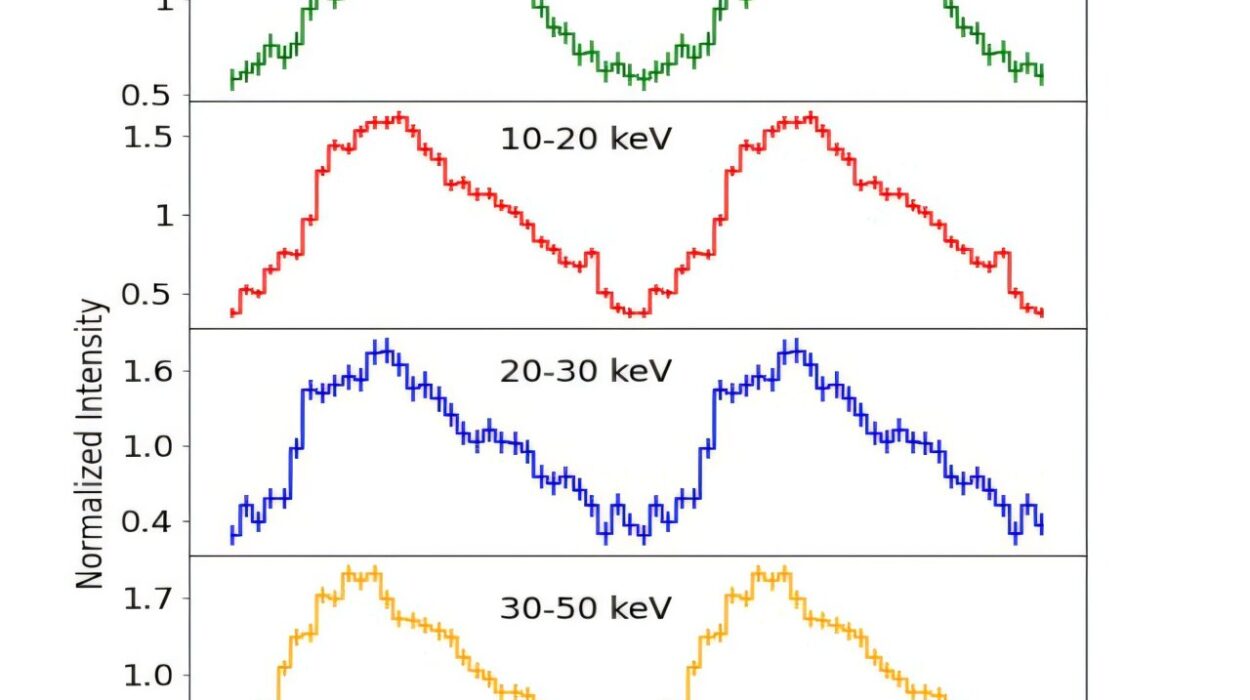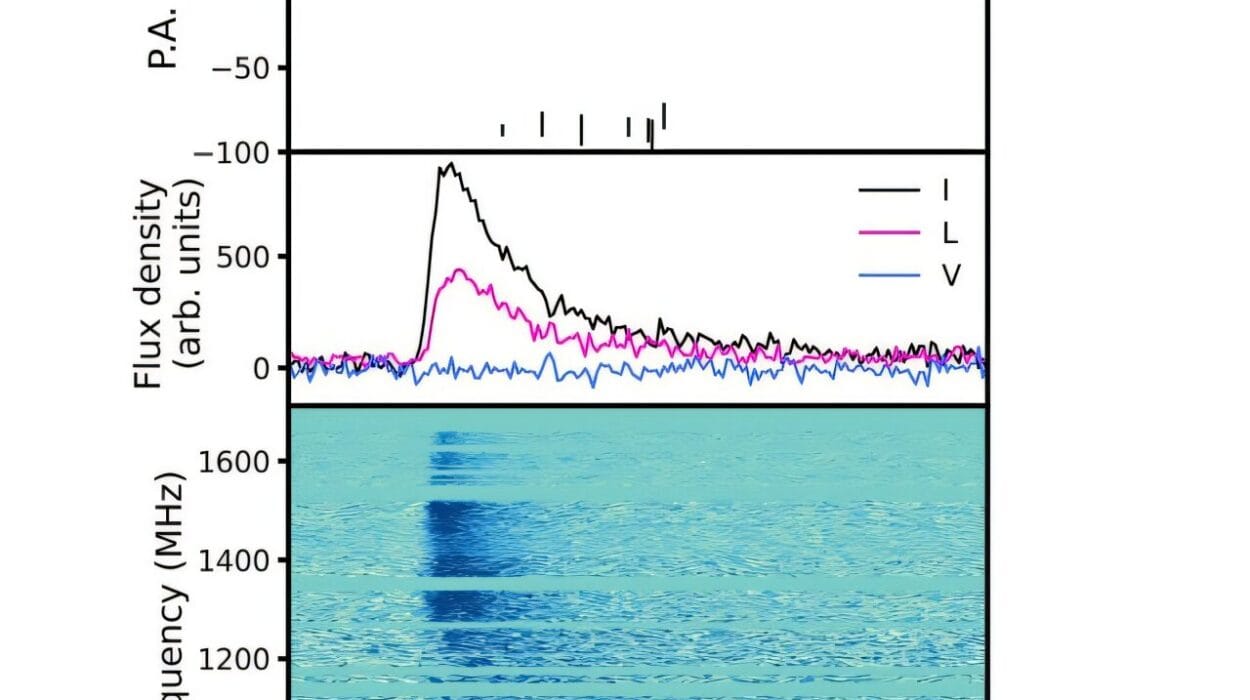The cosmos, in all its vastness and mystery, has long been a source of fascination for scientists seeking to understand its most enigmatic entities. Black holes, with their intense gravitational fields and ability to warp space and time, have remained one of the most challenging and captivating phenomena in astrophysics. But it’s only in recent years, thanks to breakthroughs in gravitational wave astronomy, that we’ve gained significant insights into their behavior. One such monumental advancement comes from Tokyo Metropolitan University, where a team of physicists, led by Associate Professor Hayato Motohashi, has made a remarkable discovery that promises to reshape our understanding of black holes and gravitational waves.
For decades, scientists have grappled with a peculiar anomaly in the gravitational waves emitted by black holes. These waves, ripples in the fabric of spacetime, are like the “sound” of a black hole ringing after a disturbance, such as when two black holes merge. The anomaly, first discovered in 1997 by graduate student Hisashi Onozawa from the Tokyo Institute of Technology, manifested as a “dissonance”—a strange, inexplicable behavior in the mode structure of the waves. The discovery baffled researchers at the time, and even with the advent of more advanced computational tools, the mystery persisted. But now, three decades later, this longstanding issue has been solved, revealing something far more complex and exciting than anyone had anticipated.
The Origin of the Dissonance: A Mystery of Gravitational Waves
The story of the dissonance begins in 1997, when Onozawa made a seemingly simple calculation that showed an irregularity in the gravitational waves emitted by black holes. These waves, akin to the vibrations of a ringing bell, were expected to follow a predictable pattern. The vibrations, or “modes,” are typically composed of a variety of frequencies, each representing a different way a black hole can oscillate. It was assumed that these modes would behave smoothly and predictably as the black hole emitted gravitational waves.
However, Onozawa’s results revealed something peculiar. One of the modes didn’t behave as expected—it exhibited a dissonance, a stark deviation from the smooth progression of other modes. It was as if one note in a chord had suddenly fallen out of tune, disturbing the harmony of the entire system. Initially, the anomaly was attributed to a potential computational error, but as technology advanced and simulations became more precise, the dissonance remained unresolved. Despite attempts to clarify this strange result, the phenomenon resisted explanation, leaving the scientific community puzzled.
The Breakthrough: Resonance Between Modes
Fast forward to 2023, when Hayato Motohashi, an Associate Professor at Tokyo Metropolitan University, made a breakthrough that would finally resolve the mystery. Motohashi’s approach was different from previous efforts—he applied a theoretical framework drawn from a new and emerging area of physics known as non-Hermitian physics, which deals with systems that do not possess certain symmetries traditionally associated with quantum mechanics. By applying this novel perspective to the behavior of black hole modes, Motohashi was able to shed light on the dissonance that had puzzled scientists for over 30 years.
What he discovered was nothing short of revolutionary. The dissonance in the gravitational wave modes was not caused by an isolated anomaly or an error in the calculations, as many had suspected. Instead, it was the result of an interaction between two distinct modes of the black hole—a phenomenon known as resonance. Essentially, the two modes were “tuning” into each other, causing one mode to behave differently from the others. This resonance, Motohashi found, was not a rare or isolated occurrence but a common feature of black hole oscillations.
Through extensive calculations and simulations, Motohashi and his team demonstrated that this interaction between modes occurs universally in black holes. The resonant coupling of modes is not just a peculiarity of a single black hole or an artifact of computational error; it is an intrinsic property of black hole dynamics. This new understanding not only resolved the dissonance but also revealed an entirely new layer of complexity in black hole physics that had previously gone unnoticed.
Non-Hermitian Physics: A New Lens for Gravitational Waves
The concept of resonance between modes in black holes is far more than a curious oddity—it represents a crucial step toward understanding the fundamental nature of black holes themselves. Motohashi’s work also introduces a groundbreaking theoretical framework: non-Hermitian gravitational physics. Non-Hermitian physics is an area of study that deals with systems that do not conform to the usual symmetry properties, such as the time-reversal and energy conservation symmetries that are typically assumed in classical physics. This approach has already made waves in other fields, particularly in optics and quantum mechanics, where systems are studied without assuming these traditional symmetries.
By extending this non-Hermitian framework to the study of gravitational waves, Motohashi has opened up a new frontier of research that blends astrophysics with cutting-edge theories from optical and quantum physics. The resonance phenomenon observed in black holes is not confined to gravitational waves alone; similar behaviors are seen in electromagnetic waves, where resonant modes interact in unexpected ways. This interdisciplinary approach could have far-reaching implications, not only in the study of black holes but also in the broader fields of physics, potentially offering new insights into wave dynamics across various systems.
The application of non-Hermitian physics to black hole spectroscopy could revolutionize the way we interpret the data collected by global gravitational wave detectors, such as LIGO, Virgo, and KAGRA. These observatories have already given us unprecedented glimpses into the violent collisions and mergers of black holes, but the complexities of their emitted gravitational waves are still not fully understood. The insights provided by Motohashi’s research offer a clearer understanding of the underlying processes that govern black hole oscillations, improving the accuracy of gravitational wave detection and enhancing our ability to probe the mysterious interiors of these cosmic giants.
The Birth of a New Field: Non-Hermitian Gravitational Physics
Motohashi’s discovery marks the dawn of an entirely new subfield in gravitational physics: non-Hermitian gravitational physics. This emerging discipline could fundamentally change the way we approach the study of black holes, gravitational waves, and even quantum gravity. By incorporating principles from non-Hermitian systems, scientists now have a powerful new tool to examine the intricate dynamics of black holes, including how they ring and vibrate in response to disturbances.
The resonance between modes in black holes is just one example of how non-Hermitian physics can provide a more accurate and nuanced understanding of complex systems. In optics, similar resonances between different modes of electromagnetic waves have already led to breakthroughs in the development of new materials, lasers, and communication technologies. In the context of black holes, understanding these resonances could lead to more precise models of how gravitational waves are generated, ultimately enhancing the capabilities of gravitational wave observatories.
This interdisciplinary application of new theoretical approaches is poised to propel the field of gravitational wave astronomy into a new era. As LIGO, Virgo, and KAGRA continue to expand their reach and sensitivity, Motohashi’s findings will undoubtedly play a pivotal role in unlocking the true potential of these observatories, enabling us to explore the cosmos in unprecedented detail.
Looking Ahead: The Future of Black Hole Spectroscopy
The discovery of resonant modes in black holes offers exciting prospects for future research. As we continue to refine our understanding of gravitational waves and black hole dynamics, it is likely that further revelations will follow. The application of non-Hermitian physics to gravitational waves is just the beginning of a broader exploration of the intricate behaviors of black holes, space-time, and the very nature of the universe itself.
In the coming years, we can expect to see more theoretical and observational breakthroughs that build upon Motohashi’s work. The increased precision of gravitational wave detectors will allow scientists to probe the fine details of black hole oscillations and test new theories with unprecedented accuracy. With each new discovery, we move closer to answering some of the most profound questions in physics: What happens at the heart of a black hole? How do the laws of physics behave in extreme environments? And, perhaps most intriguingly, can these findings offer clues about the elusive nature of quantum gravity?
As we stand at the precipice of this new frontier, Motohashi’s research stands as a testament to the power of interdisciplinary thinking and the boundless curiosity that drives scientific discovery. By resolving the dissonance in gravitational waves, he has not only solved a decades-old puzzle but has opened the door to a new era in the study of black holes and the very fabric of spacetime.
Reference: Hayato Motohashi, Resonant Excitation of Quasinormal Modes of Black Holes, Physical Review Letters (2025). DOI: 10.1103/PhysRevLett.134.141401
